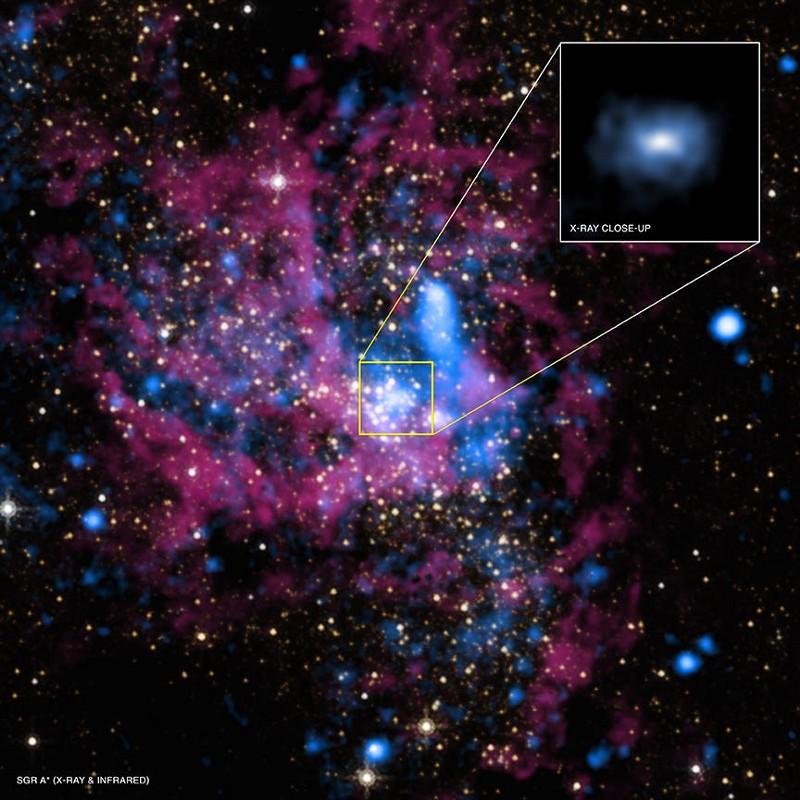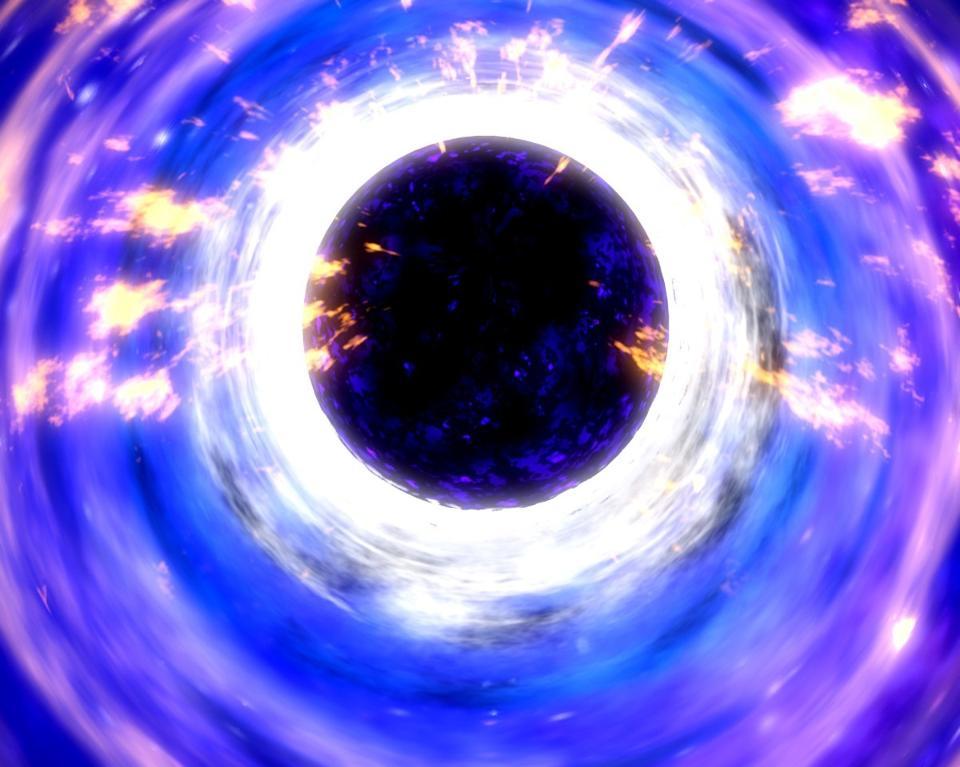Ask Ethan: What was the entropy of the Universe at the time of the Big Bang?

Looking at different distances into space, we see different times that have passed since the Big Bang. And entropy has been growing all this time.
The second law of thermodynamics is one of those mysterious laws of nature that arise from the fundamental rules. He argues that entropy, a measure of disorder in the universe, must constantly increase in any closed system. But how is it possible that our current Universe, looking organized and orderly, with solar systems, galaxies and a complex cosmic structure, is somehow in a state with greater entropy than immediately after the Big Bang? This is what our reader wants to know:
The common understanding of entropy and time implies that immediately after the Big Bang, entropy was very small. However, this moment is often described as a “soup” of photons, quarks and electrons, something that seems to be high entropy compared to textbook examples. So how did this initial state have low entropy?
The thermodynamic arrow of time implies a constant increase in entropy, so today it must be more than in the past.

The early Universe was filled with matter and radiation, and was so hot and dense that the quarks and gluons represented in it did not assemble into separate protons and neutrons, but remained in the form of a quark-gluon plasma
And yet, if we imagine a very early Universe, it really looks like a state with very high entropy! Imagine: a sea of particles, including matter, antimatter, gluons, neutrinos, photons, all this with a buzz rushes here and there at an energy level billions of times higher than today at the Large Hadron Collider. There are so many - perhaps 10 90 - and they are all compressed into a volume the size of a football. At the time of the Big Bang, it was a tiny region with extremely energetic particles, and in 13.8 billion years it grew to the size of the Universe we observe.
')

Our Universe, from the Big Bang to today, has undergone tremendous changes in the course of growth and evolution, and continues to change today.
It is obvious that today the Universe is much colder, larger, full of structures and heterogeneous. But in fact, we can quantify the entropy of the Universe at both points in time, at the moment of the Big Bang and today, through the Boltzmann constant, k B. At the time of the Big Bang, almost all of the entropy existed due to radiation, and the total entropy of the Universe was S = 10 88 k B. On the other hand, by calculating the entropy of the Universe today, we obtain a number that is quadrillion times larger: S = 10 103 k B. Both numbers seem large, but the first is obviously smaller compared to the second - it is only 0.0000000000001% of the second!

Today's Universe is more lumpy, it has more clusters, and more light of stars than in the early Universe. Why is entropy so different?
But with these numbers you need to take into account one important point. If you hear words like “measuring disorder,” then this is a very unfortunate definition of what entropy really is. Instead, imagine that you have a certain system - matter, radiation, whatever. It will contain any energy, in different forms - kinetic, potential, field energy, and anything else. Entropy actually measures the number of possible states of your system.

The system, arranged as shown on the left, can spontaneously move to the state on the right and increase entropy during development.
Suppose if your system has cold and hot parts, then you will have fewer ways to organize it in this form than if the temperature were the same everywhere. The system in the picture on the left has less entropy than on the right. The photons in the relic radiation possess almost the same entropy as they had at the birth of the Universe. Therefore, it is argued that the Universe expands adiabatically - with constant entropy. We can look at galaxies, stars, planets, and wonder how all this seems orderly or erratic, but their entropy is negligible. So why did such an unreal increase in entropy happen?

There were no black holes at the birth of the universe, they grew in it later, and today they dominate in terms of entropy
The answer is black holes. Imagine how many particles it took to create black holes. Falling in BH, you inevitably fall into the singularity. And the number of states is directly proportional to the mass of particles in black holes, so the more you form BH (or the more massive you have them), the more entropy will be in the Universe. The supermassive black hole in the center of the Milky Way alone has an entropy of S = 10 91 k B , 1000 times larger than the entire Universe during the Big Bang. And considering the number of galaxies and the black hole masses, the total entropy reaches the value at S = 10 103 k B.

Composite image of the black hole Sagittarius A * in the center of our galaxy from the X-ray and infrared range. Its mass is 4 million solar, and the entropy is 1000 times greater than that of the entire universe of the Big Bang.
Further - worse! In the distant future, more and more black holes will form, and the existing large BHs will continue to grow for another 10 to 20 years. If we had turned the entire Universe into BH, we would have reached a maximum entropy of approximately S = 10 123 k B , or 100 quintillion times more than today. When these BHs evaporate over even larger periods of time — on the order of 10,100 years — the entropy will remain almost constant, since the black body radiation (Hawking radiation) produced by evaporating BH will have the same number of possible state organizations as before BH.

At sufficiently long time intervals, BHs decrease and evaporate due to Hawking radiation.
So why in the early universe was such a small entropy? There were no black holes in it. The entropy in S = 10 88 k B is still quite large, but this is the entropy of the entire Universe, almost completely embedded in the residual radiation (and in a slightly smaller one in the neutrino) of the Big Bang. Since the matter we see in the Universe, such as stars, galaxies, etc., entropy is negligible compared to the residual radiation, it is quite easy to get confused and think that with the formation of structures the entropy changes noticeably - but this is just a coincidence, not cause.

The formation of the very first star and the very first black hole in the universe took at least tens of millions of years. Until then, the entropy of the universe did not change by 99%
If black holes did not exist, the entropy of the Universe would have remained almost unchanged over the past 13.8 billion years! The initial state had a significant amount of entropy, it is just that the BH has so much more, and they are so easy to make from a cosmic point of view.
Ethan Siegel - astrophysicist, popularizer of science, blog Starts With A Bang! He wrote the books Beyond The Galaxy , and Treknologiya: Star Trek Science [ Treknology ].
Source: https://habr.com/ru/post/371057/
All Articles